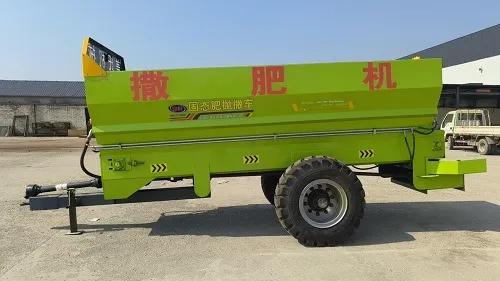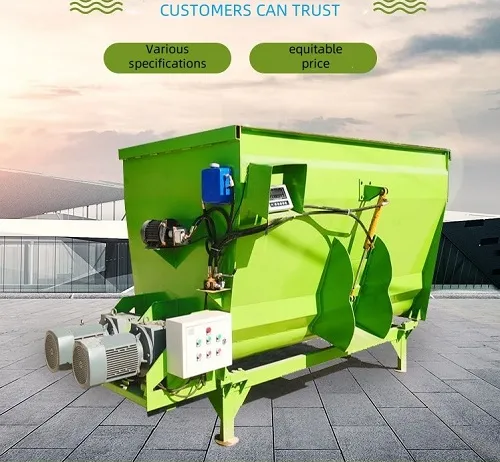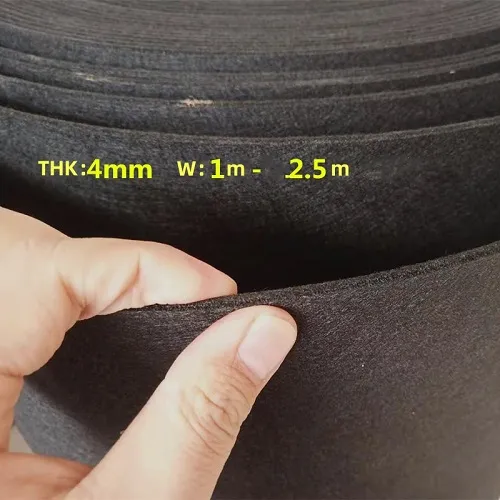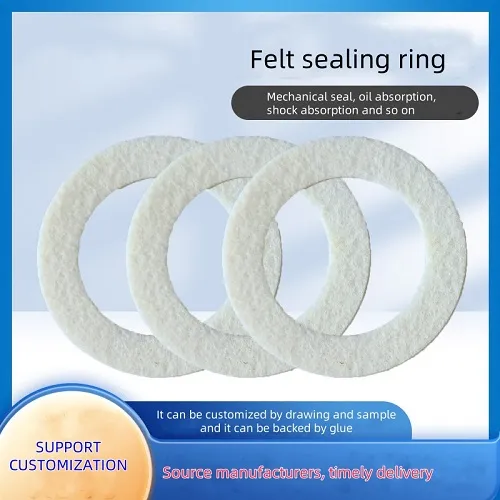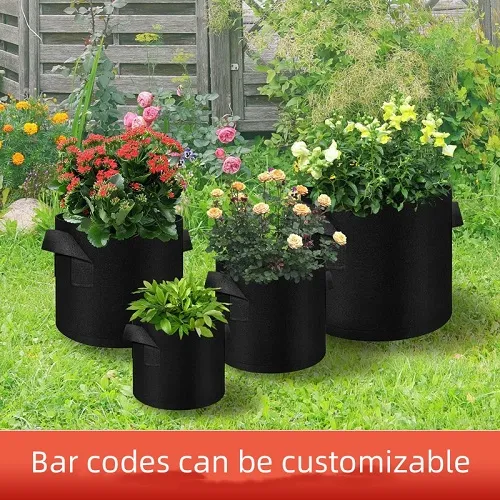Efficient Use of Solid Fertilizer Spreaders for Enhanced Crop Growth
Understanding Solid Fertilizer Spreaders
Solid fertilizer spreaders are essential tools in modern agriculture and gardening, designed to evenly distribute fertilizer over a specific area. These devices are crucial for promoting healthy plant growth, maximizing yield, and ensuring efficient use of fertilizers. This article delves into the types, mechanisms, advantages, and best practices associated with solid fertilizer spreaders.
Types of Solid Fertilizer Spreaders
There are primarily two types of solid fertilizer spreaders broadcast spreaders and drop spreaders. Each has its unique advantages and is better suited for different applications.
1. Broadcast Spreaders These are the most commonly used spreaders. They work by flinging fertilizer outward in a wide arc, allowing for quick coverage of large areas. The operator walks behind the spreader, which disperses the fertilizer in a path that can range from a few feet to several yards. This type is ideal for large lawns, gardens, and agricultural fields. However, care must be taken to avoid spreading fertilizer onto non-target areas, as wind can carry particles away from the intended location.
2. Drop Spreaders In contrast, drop spreaders release fertilizer directly below the spreader onto the soil, ensuring precise application. This method is beneficial for smaller, more defined areas where accuracy is essential, such as flower beds or around trees. Drop spreaders minimize the risk of fertilizer contamination on sidewalks or flower beds that do not require fertilizer, making them a more environmentally friendly option.
Mechanism of Operation
The operation of solid fertilizer spreaders can vary based on the model. Mechanical spreaders use a spinning disc or a series of blades to distribute the fertilizer, while gravity-fed spreaders drop the material through an opening when the machine is in motion. Most modern models also feature adjustable settings, allowing the user to control the rate of fertilizer application, which is essential for avoiding over-fertilization and ensuring optimal nutrient delivery to plants.
solid fertilizer spreader
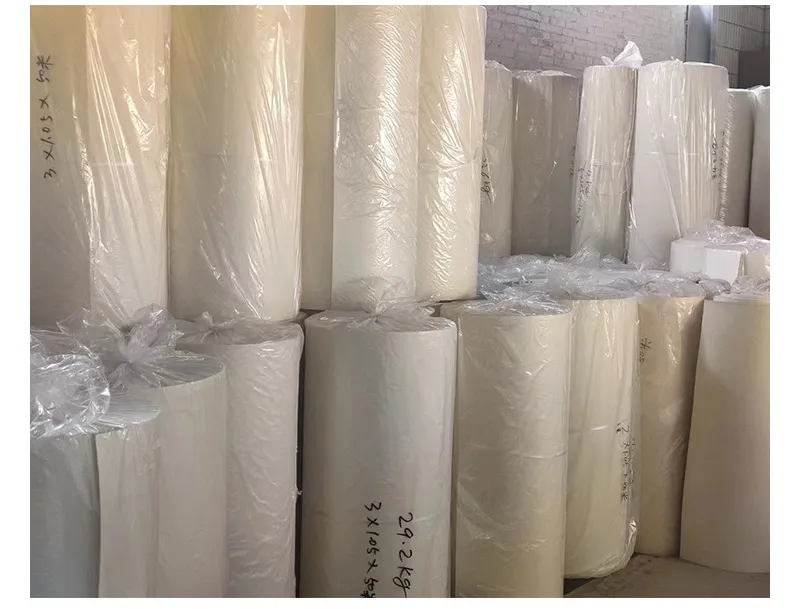
Advantages of Using Solid Fertilizer Spreaders
Using solid fertilizer spreaders offers several advantages
- Efficiency Spreaders can cover large areas much quicker than hand spreading, making it easier to maintain larger properties or fields. - Uniform Application By using a spreader, gardeners and farmers can achieve a more even distribution of fertilizer, leading to healthier plants and improved yields. - Reduced Labor The mechanical aspect of spreaders reduces the physical strain on the user, making the fertilization process quicker and easier. - Cost-effective While there may be an initial investment in a spreader, the long-term benefits in time saved and improved crop yields can outweigh the costs.
Best Practices for Using Solid Fertilizer Spreaders
To maximize the effectiveness of solid fertilizer spreaders, consider the following best practices
1. Calibration Always calibrate the spreader according to the type of fertilizer being used. This involves adjusting the settings based on the manufacturer's recommendations and the spreader's output rate. 2. Weather Conditions Avoid spreading fertilizer on windy days to prevent uneven application caused by gusts of wind. Similarly, spreading on wet ground can lead to clumping and uneven distribution. 3. Maintenance Regularly clean and maintain the spreader to ensure its longevity and reliability. Inspect for any damage or wear that may affect performance. 4. Overlapping Passes When using a broadcast spreader, make slight overlaps in your paths to avoid streaks or gaps in fertilizer application.
In conclusion, solid fertilizer spreaders play a pivotal role in the effective management of soil nutrients in both agricultural and garden settings. By understanding the types, operation, and best practices associated with these tools, users can ensure optimal results while promoting sustainable gardening and farming practices. Embracing the use of solid fertilizer spreaders not only enhances productivity but also contributes positively to the health of the ecosystem.
-
What Makes Felt a Great Choice?NewsNov.19,2024
-
Total Mixed Ration (TMR) Feed for CattleNewsNov.19,2024
-
The Ultimate Guide for Felt Polishing WheelsNewsNov.19,2024
-
Industrial Felt for Various ApplicationsNewsNov.19,2024
-
Felt Makeup Bags and Inserts BagsNewsNov.19,2024
-
Choosing the Right Hotel TowelsNewsNov.19,2024
-
Your Go-To Guide For Affordable Wholesale Wool FeltsNewsOct.31,2024

